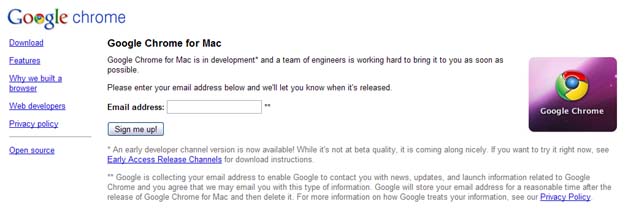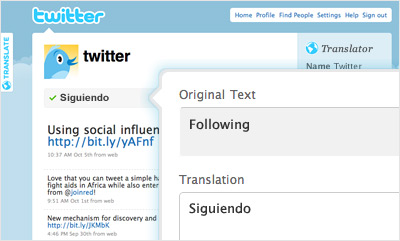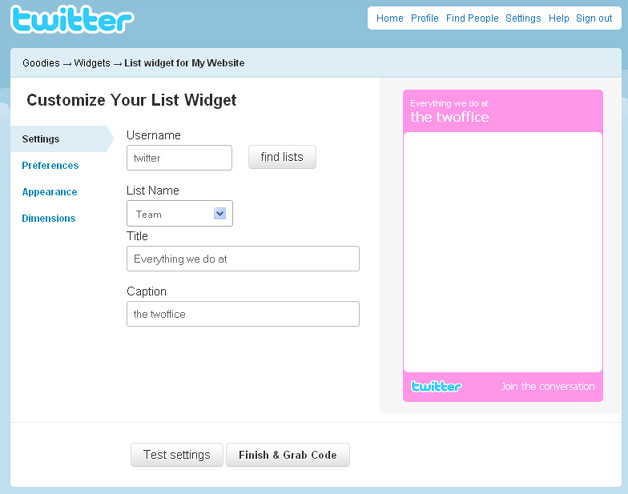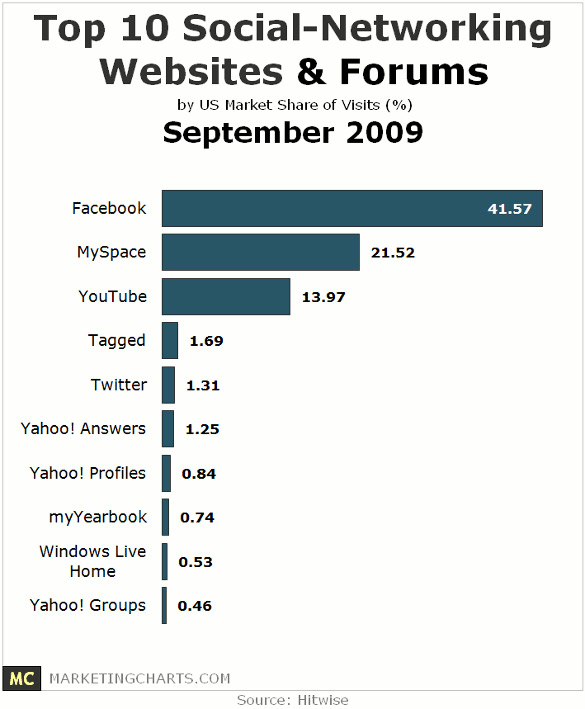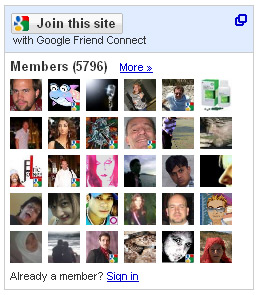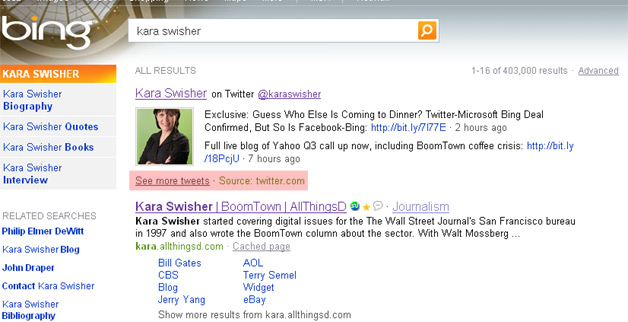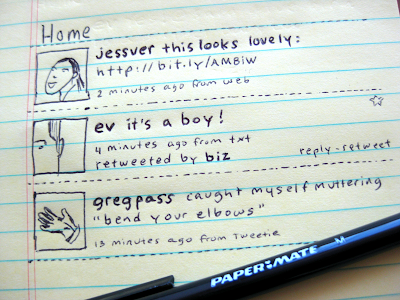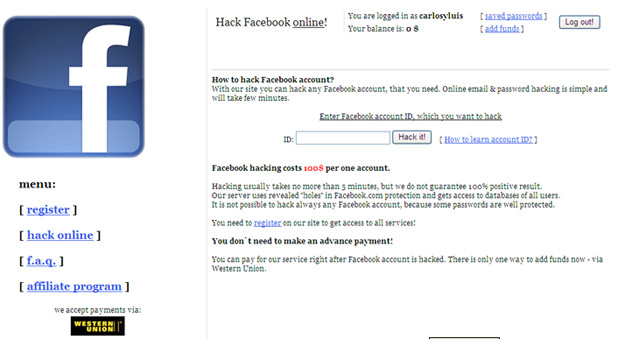As we did last year, we have gone back through our archives and picked out some of the most noteworthy social media items we have covered since 2009 began. Now that 2009 is almost over, it was worth going back and seeing what all has happened.
In January, Twitter announced that it hired Kevin Thau as Director of Mobile Business Development, and that he would be working on a variety of different fronts as Twitter's "first official business development guru." LinkedIn introduced a new Polls feature, and launched a bookmarklet for IE. MySpace Music made dealswith Nettwerk Music Group, INgrooves, IRIS Distribution, and RoyaltyShare to bolster its catalog by hundreds of thousands of songs. YouTube expanded its e-commerce platform and started letting people delete their own comments. Digglaunched the "People who Dugg this also Dugg" feature.
February
In February, LinkedIn launched a set of HR Tools and launched a German version. MySpace launched a mobile redesign, and Digg updated its algorithm. Facebook introduced polling ads, changed its terms of service, made some design changesto profile pages for businesses, opened its corporate blog to comments, introduced the comments box widget, and launched the "like" button. Google introduced the Social Bar and launched Friend Connect integration with Blogger.
In March, Twitter brought its search box to most people's Twitter home page, andchanged the "replies" tab to the "@username" tab. Twitter also adjusted the title tags for member pages. Where they used to go "Twitter / username" they would now go "User's Real Name (username) on Twitter". Mahalo CEO Jason Calacanisoffered to buy a spot on Twitter's Suggested Users list.
Facebook launched a redesign, started including updates from Pages in the news feed, changed pages to operate like profiles, and changed the status box to the publisher box. They launched the ability to let users chat within apps, added ad spots to Pages, relaunched Facebook Marketplace to be powered by online classified service Oodle, launched Facebook Connect for the iPhone and iPod Touch, launched some new ad targeting options, and enabled Page owners to let people sign up to become fans via text message.
Google began implementing Portable Contacts, launched the Friend Connect API,blended user-generated content into search results on Google Maps, madeGoogle Reader more socialwith commenting, allowed forricher Gmail messages, andstarted its own Twitter accounts.
YouTube changed the name of some video sections, LinkedIn did some redesigning of its own and enhanced Direct Ads, and MySpace was stamped on a credit card.
April
Google launched an event gadget for Google Friend Connect, the Digg-like "What's Popular" gadget, and the "Get Answers" gadget for Friend Connect. Google also gave profiles vanity URLS and started putting profiles into search results.
Facebook made it easier to organize friends, opened its stream up to third-party developers, added electronic signatures for public pages, worked with the blind on accessibility, began making app recommendations, and readied its next steps in governance.
Twitter started integrating search into its interface more, and CNN showed that you can buy/sell a Twitter account. Scientists created a brain-Twitter interface.
StumbleUpon broke away from eBay and enhanced its "web stumbling." Digg launched the controversial DiggBar. Reddit launched a video site, AOL launched SocialThing, and Yahoo shifted its focus to social altogether. YouTube launched the beta version of YouTube RealTime. MySpace got some new management.



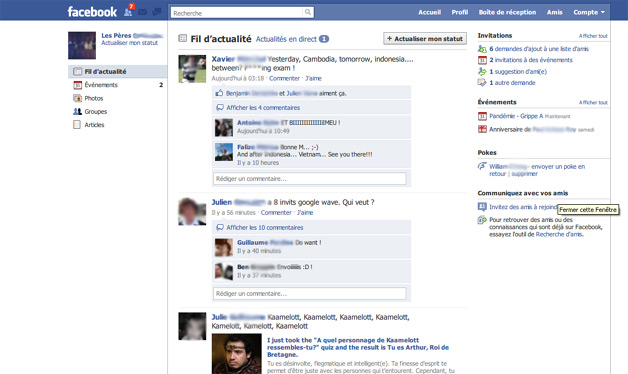
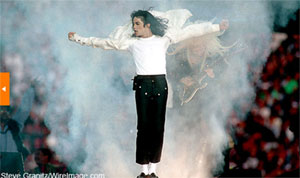

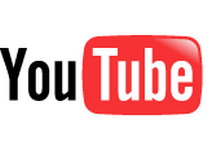

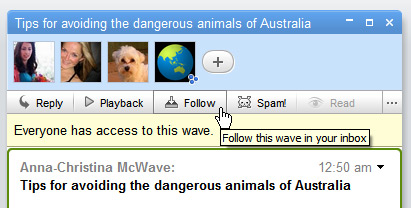
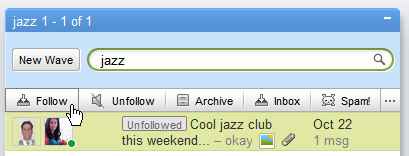
 "The software architecture is simple — Google Chrome running within a new windowing system on top of a Linux kernel. For application developers, the web is the platform," the company continued. "All web-based applications will automatically work and new applications can be written using your favorite web technologies. And of course, these apps will run not only on Google Chrome OS, but on any standards-based browser on Windows, Mac and Linux thereby giving developers the largest user base of any platform."
"The software architecture is simple — Google Chrome running within a new windowing system on top of a Linux kernel. For application developers, the web is the platform," the company continued. "All web-based applications will automatically work and new applications can be written using your favorite web technologies. And of course, these apps will run not only on Google Chrome OS, but on any standards-based browser on Windows, Mac and Linux thereby giving developers the largest user base of any platform."